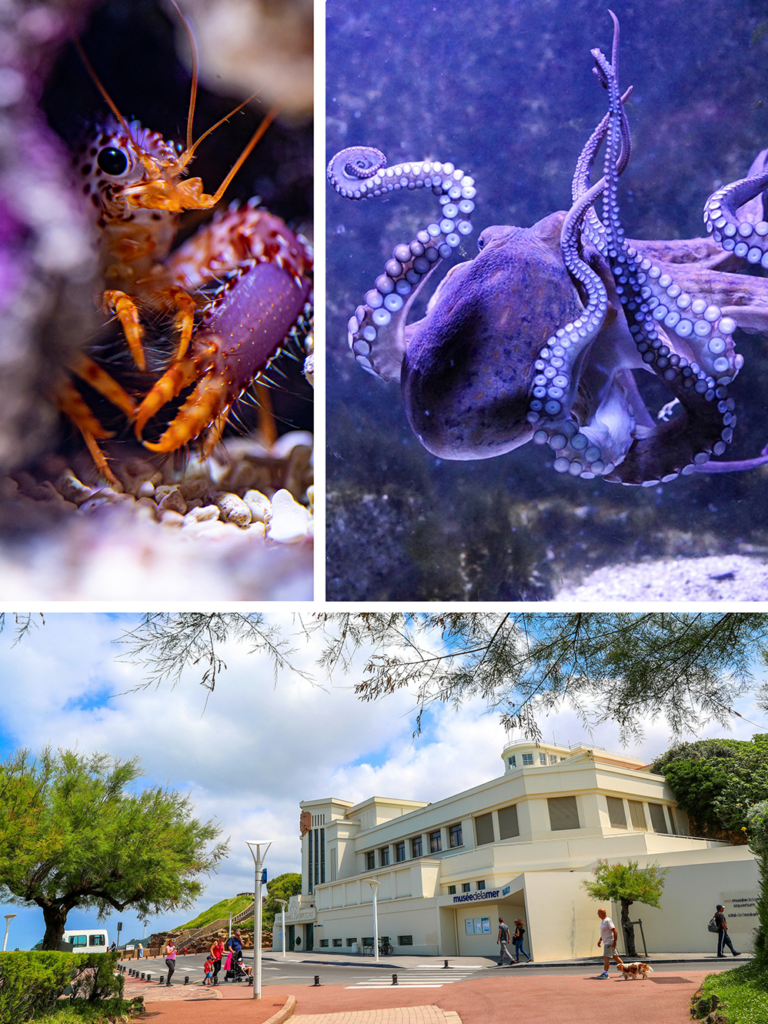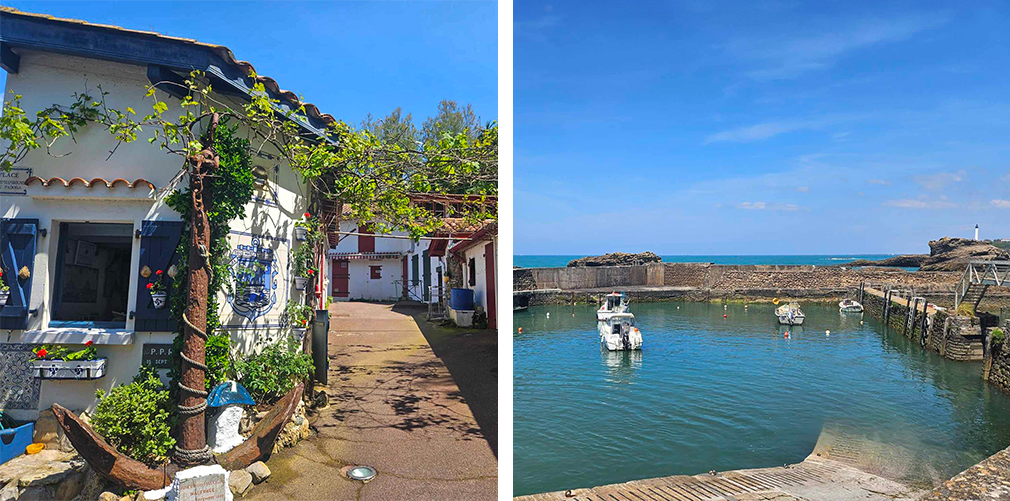

The coastal city of Biarritz began life as a quiet fishing town a few miles from the Spanish border. Many of its inhabitants made a living from whaling, braving the churning waters of the notorious Bay of Biscay to hunt. Its fortunes changed when Napoleon III and his Spanish wife Empress Eugenie took a fancy to the destination and built a huge palace next to the ocean. Biarritz quickly became the seaside destination of choice for kings and queens, luring British monarchs Queen Victoria and Edward VII and King Alfonso XIII of Spain to its shores. The city responded by leaning into majestic architecture and Art Deco design, elevating itself from a humble fishing port to a playground for Europe’s jetset crowd.
These days, Biarritz attracts a new type of royalty—in particular, the international surfing community, who appreciate the daunting waves that crash in from the Bay of Biscay. From April to November each year, 18 surf schools operate in the town, welcoming surfers of all abilities to experience the spectacular shoreline.
Whether you’re a royal, a surfer, or just someone who appreciates a mild climate and beautiful scenery, Biarritz has much to offer both on and off the beach.

Cross a 75-meter metal bridge that extends over the Atlantic Ocean to a small rocky island crowned by a statue of the Virgin Mary. The landmark is called Rocher de La Vierge (Virgin’s Rock), and legend has it that some fishermen caught at sea in a terrible storm were guided to shore by an ethereal welcoming light near this place. To show gratitude for their lucky escape, the fishermen installed a three-meter-high statue of the Virgin Mary on top of the rock, looking out over the water.
This spot has 360-degree views of the beaches, town, and ocean and is a wonderful place to watch the sunset. It’s also very exciting during stormier weather, thanks to dramatic waves and salty spray. Just note that the bridge closes if conditions get too rough.

Biarritz is situated in the French part of the Basque Country, a region with no shortage of culinary specialties. So whether you want to buy some gastronomic keepsakes or test top-tier products on the spot, Les Halles Food Market—housed in a striking building a few minutes’ walk from the Grand Plage—is the destination. Try the ham and local honey, and don’t miss out on Basque cake, a confection of cherries or cream in a pastry crust. There’s also a superb stall offering buckwheat pancakes with a choice of savory and sweet toppings. Be sure to visit early, as the market closes just after lunch most of the year; it reopens in the evening during July and August. Outside the main building, a series of stalls sell local handicrafts, which is a great spot to snag some souvenirs.

Perched on a cliff between two of Biarritz’s beaches is a striking Art Deco building constructed from cream-colored stone. Neither an old-school hotel nor a grand private house, this imposing structure is home to Biarritz’s renowned Sea Museum, recently revamped and now housing 5,000 species of marine life. Beautifully curated with more than 50 exhibits, it includes an area dedicated to sea creatures of the region, including a rehabilitation center for injured green turtles. Here, you’ll come face to face with sharks, travel through a Caribbean lagoon, and learn about the city’s close relationship with the ocean.

Over the summer months, Biarritz’s most central beach—a hotspot for both surfers and swimmers—blazes with color as rows of striped tents offer visitors shade and shelter from the brisk Atlantic winds. From July 1 to August 31, beach chairs, tents, and beach umbrellas are available to rent during the day. With a good choice of cafes and bars just footsteps away, the colorful tents make a perfect base to explore both shore and city. There’s even a beach club to keep young visitors entertained.

Tucked between the centrally located Grand Plage with its broad promenade, majestic hotels, and legendary casino and the sheltered Port Vieux, popular with swimmers and families, is a petite fishing village, called Port des Pêcheurs. Here, boats float peacefully in the sheltered harbor and tiny, brightly-shuttered fishermen’s houses, or crampottes, line the waterfront wreathed in climbing plants. Take a walk through this peaceful slice of history and stop at a traditional restaurant for a glass of rosé and some fresh seafood.